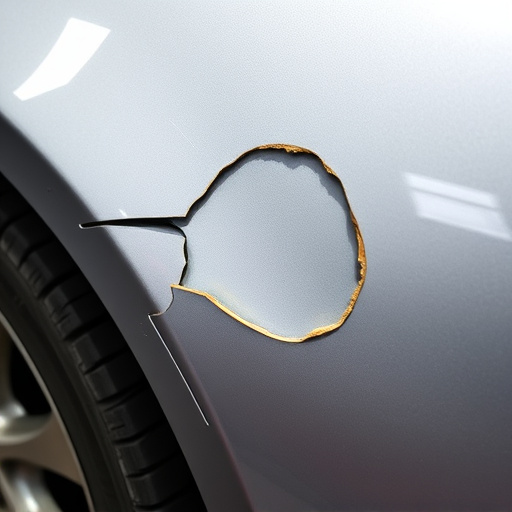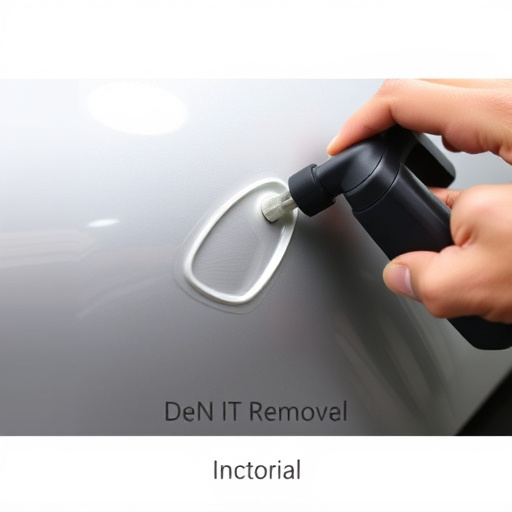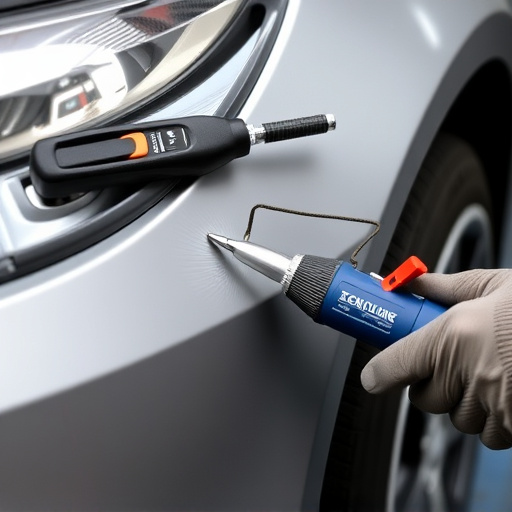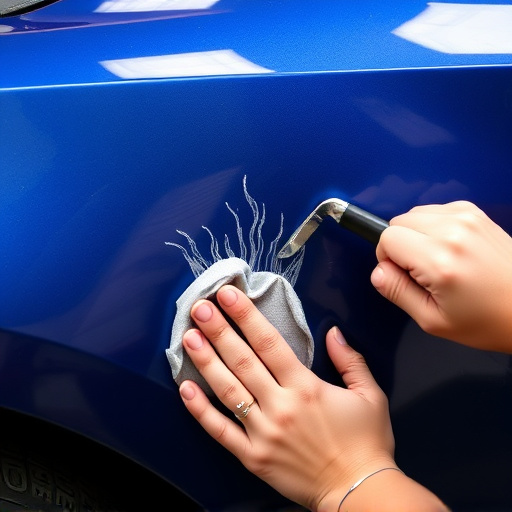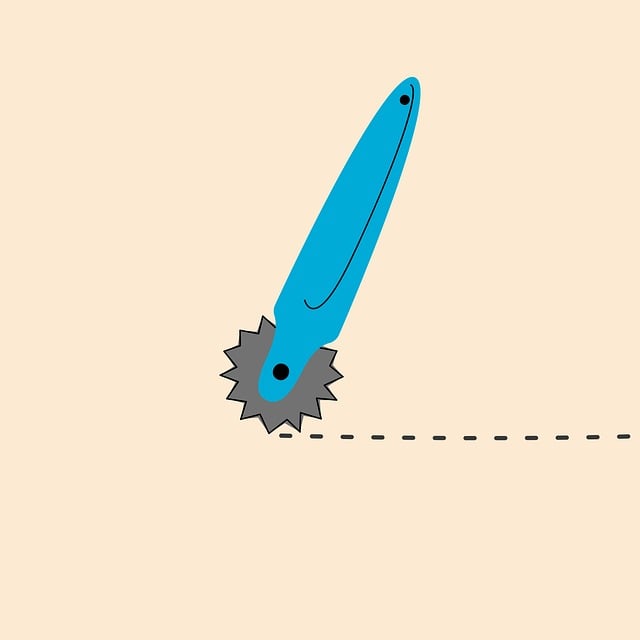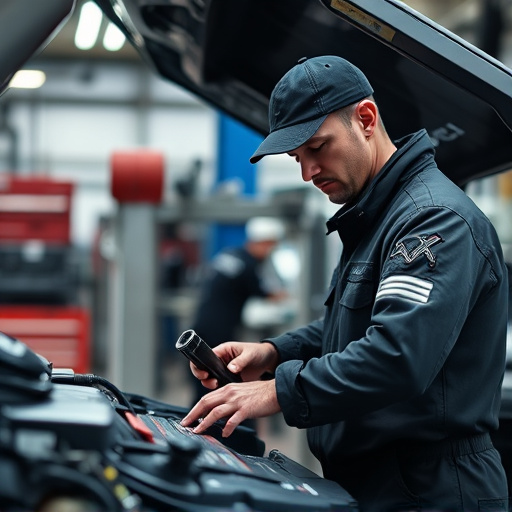Induction heating repair for metalworking involves using electromagnetic fields to create localized heat in metals via oscillating magnetic fields and eddy currents. Technicians employ specialized coils, power sources, sensors, and CAD software for precise repairs, minimizing chemical use and waste. Structured repair processes include diagnosing issues, regular maintenance, and calibrating control systems for consistent temperature control and enhanced efficiency.
“Uncover expert guidance on mastering induction heating repair with our comprehensive guide. Delve into the intricate world of these systems, understanding their core components and functions is key to effective repairs. Explore a range of techniques, from identifying issues through advanced troubleshooting methods, to utilizing specialized tools for precise fixations. Discover maintenance strategies to prevent future breakdowns, ensuring optimal performance in industrial settings. Equip yourself with the knowledge to tackle induction heating repair head-on.”
- Understanding Induction Heating Systems
- Common Repair Techniques and Tools
- Troubleshooting and Maintenance Strategies
Understanding Induction Heating Systems
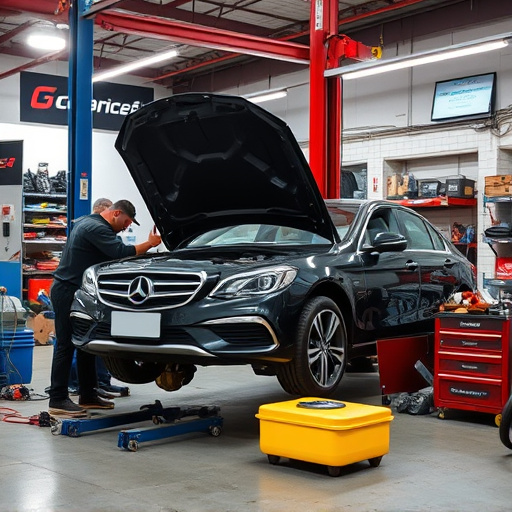
Induction heating systems are a crucial component in various industrial processes, including metalworking and heat treatment. These systems utilize electromagnetic fields to generate heat within conductive materials, making them efficient for precise and controlled temperature elevation. Understanding how these systems function is essential for effective induction heating repair techniques. At its core, an induction heating system consists of a coil through which alternating current flows, creating oscillating magnetic fields. These fields induce eddy currents in the metal being heated, which in turn generates heat due to the resistance of the material. This process allows for localized heating, making it ideal for specific and targeted applications in vehicle repair services, collision centers, and automotive collision repair facilities.
By grasping the fundamentals of induction heating, technicians can better diagnose and address issues that may arise during operation. Common problems include power supply malfunctions, faulty coils, or improper material compatibility. Induction heating repair involves a systematic approach to troubleshooting these challenges, often requiring specialized tools and knowledge. Effective repairs ensure the system operates at peak efficiency, maintaining consistent temperature control for various metalworking tasks in automotive settings.
Common Repair Techniques and Tools
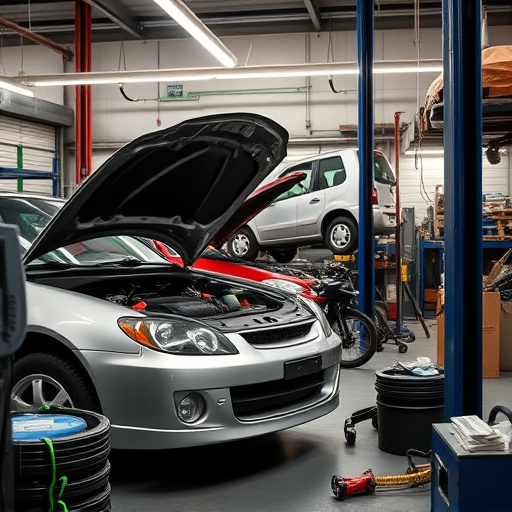
In the realm of vehicle body repair, induction heating repair stands out as a game-changer. This technique is particularly effective for fixing damaged panels, such as those found in bumper repairs and scratch repairs. The process involves using an electromagnetic field to generate heat within the metal, allowing it to be reshaped without melting or burning. For instance, when repairing a dented fender, the repair technician will carefully align the induction heating coil with the metal surface, ensuring precise control over the heat intensity and duration. This method is not only efficient but also environmentally friendly, as it minimizes the use of harmful chemicals and reduces waste.
Common tools employed in induction heating repair include specialized coils, power sources, temperature sensors, and hand tools for precision work. Advanced systems may incorporate computer-aided design (CAD) software to optimize the repair process, ensuring a seamless and accurate restoration. For instance, when dealing with complex vehicle body repairs, these digital tools enable technicians to map out the damage, plan the heating pattern, and monitor temperature levels in real time, leading to superior results in both induction heating repair and broader vehicle body repair.
Troubleshooting and Maintenance Strategies
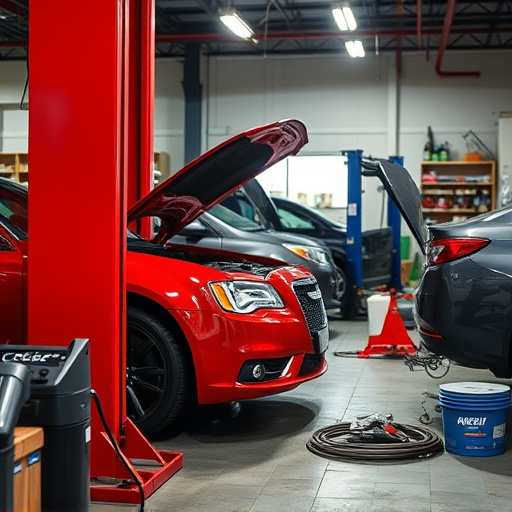
When it comes to induction heating repair, a systematic approach is key. Start by identifying the root cause of the issue using diagnostic tools and expert knowledge. Common problems include faulty coils, power supply malfunctions, or misaligned components. During troubleshooting, check for any visible damage or loose connections, as these are often easily fixable. Regular maintenance plays an equally important role in preventing future induction heating repair needs. Schedule periodic checks to ensure all parts are in optimal condition, especially high-wear areas like bearings and seals. Preventive measures such as regular cleaning and lubrication can significantly extend the life of your induction heating system, whether it’s for industrial applications or specialized tasks like vehicle paint repair and autobody repairs.
For car damage repair or intricate processes requiring precision heating, a thorough understanding of the equipment is crucial. Inspect the inductors for any signs of corrosion or damage, as these can disrupt the electromagnetic field necessary for effective heating. Calibrate control systems to ensure accurate temperature regulation, which is paramount in achieving consistent results, especially in tasks like car damage repair. By combining meticulous troubleshooting with proactive maintenance strategies, you can minimize downtime and maximize the efficiency of your induction heating system.
Induction heating repair is a specialized skill that, when mastered, enables efficient maintenance of industrial processes. By understanding the intricacies of induction heating systems, employing suitable techniques and tools, and implementing effective troubleshooting strategies, professionals can ensure these critical components operate at peak performance. This comprehensive guide serves as a valuable resource for anyone seeking to enhance their expertise in induction heating repair, ultimately contributing to improved system reliability and operational efficiency.
